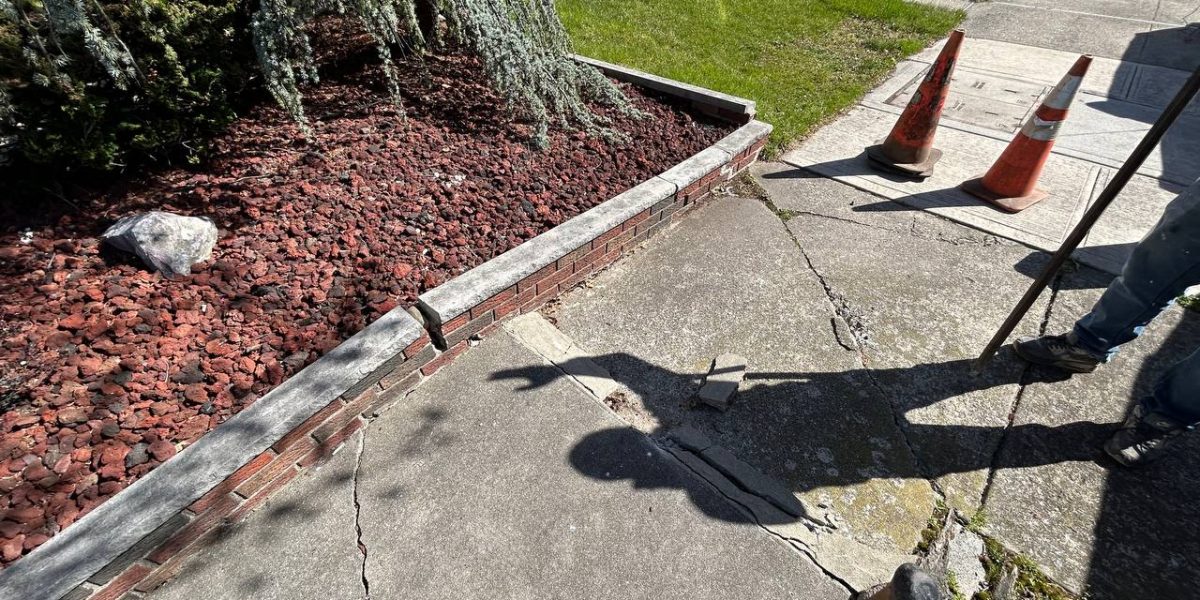Masonry structures are known for their durability, but they aren’t immune to damage over time. Recognizing the signs of masonry repair issues early can prevent minor problems from becoming major headaches. This guide will help you spot common masonry problems and understand how to address them effectively.
1. Identifying Cracks in Masonry
Types of Cracks
Cracks in masonry are one of the most common issues homeowners face. These can range from hairline cracks, which are often cosmetic, to larger cracks that may indicate structural problems. Understanding the type of crack can help determine the appropriate repair method.
Causes of Cracks
Cracks can result from various factors, including settling foundations, thermal expansion, or moisture infiltration. Identifying the root cause is crucial for effective masonry repair.
2. Dealing with Efflorescence
What is Efflorescence?
Efflorescence appears as a white, powdery deposit on the surface of masonry. It is caused by water-soluble salts migrating to the surface when water evaporates. While primarily a cosmetic issue, it can indicate underlying moisture problems.
Removing Efflorescence
Efflorescence can be removed with a stiff brush and water, but it’s essential to address the source of moisture to prevent recurrence. In some cases, sealants or waterproofing treatments may be necessary.
3. Addressing Mortar Deterioration
Signs of Deteriorating Mortar
Over time, mortar joints can deteriorate due to weathering and environmental exposure. Look for signs like crumbling mortar, gaps between bricks or stones, and loose masonry units.
Tuckpointing and Repointing
Tuckpointing or repointing is the process of removing damaged mortar and replacing it with new mortar. This restores the structural integrity of the masonry and improves its appearance.

4. Recognizing and Repairing Spalling
What is Spalling?
Spalling occurs when the surface of masonry flakes off or crumbles, often due to freeze-thaw cycles, moisture infiltration, or the use of improper materials. It can compromise the strength and appearance of the structure.
Repair Techniques
Repairing spalling typically involves removing the damaged area and replacing it with new material. In severe cases, entire sections of masonry may need to be rebuilt.
5. Preventing and Fixing Bulging Walls
Causes of Bulging
Bulging walls can occur when masonry units shift out of alignment, often due to water damage, settling foundations, or inadequate support. This issue can lead to serious structural concerns if not addressed promptly.
Repairing Bulging Masonry
Repairing a bulging wall usually involves removing the affected section, correcting any underlying issues, and rebuilding the wall. In some cases, additional support or reinforcement may be needed to prevent future problems.
Masonry repair is essential for maintaining the safety and aesthetics of your home. By recognizing common masonry issues like cracks, efflorescence, mortar deterioration, spalling, and bulging walls, you can take timely action to preserve your masonry structures. Whether you tackle these repairs yourself or hire a professional, addressing these problems early can save you time, money, and stress in the long run.

